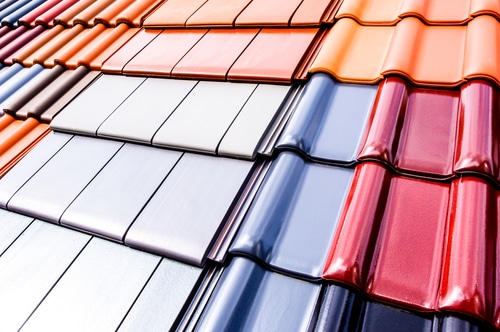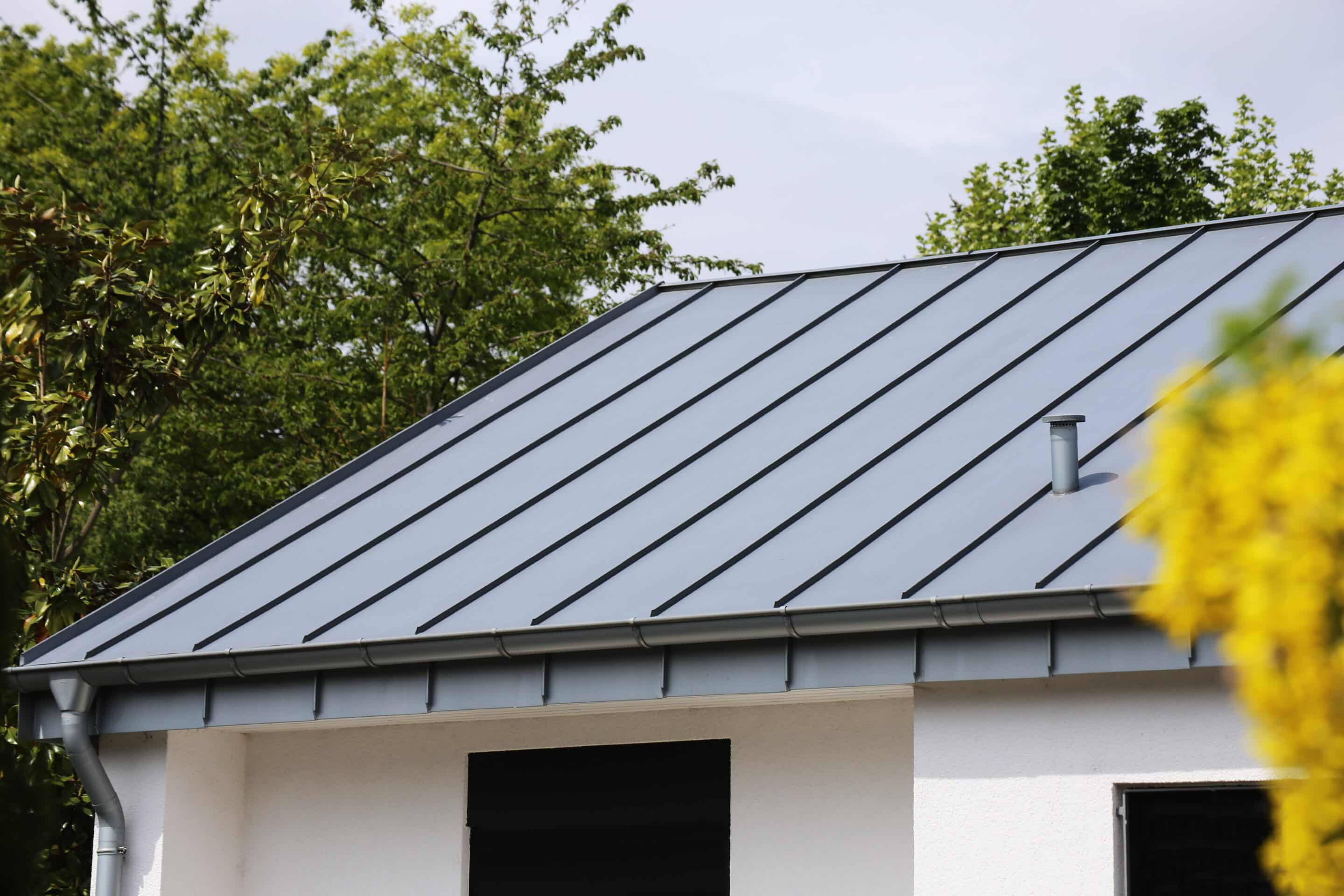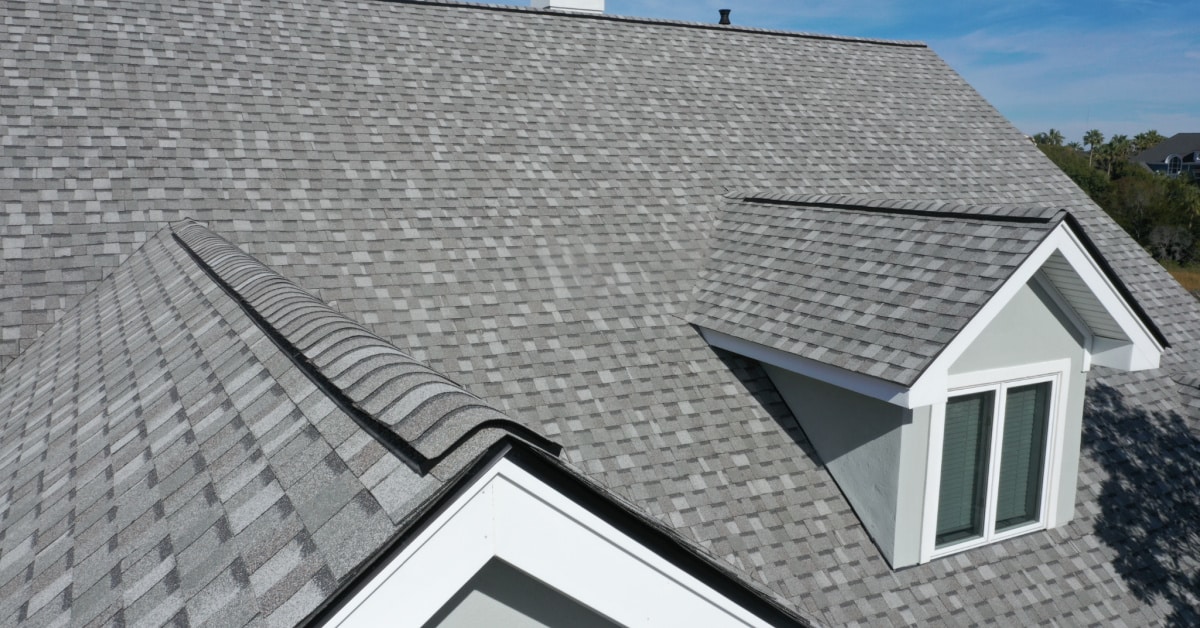
Metal Roof Vs. Shingles Pros and Cons: A Roofing Guide From the Experts
A roof is often not at the forefront of a homeowner’s mind until it no longer functions as it should. Your roof and your home’s exterior provide an essential barrier. It safeguards the interior of your home from the often unpredictable effects of the weather and other external elements. It also prevents water accumulation and insulates your home.
Whether you’re building a home or upgrading your current roof, it’s crucial to consider these and other factors when deciding on the roofing that will provide adequate protection.
There are over 10 types of roofing. This article examines two of the more popular ones — metal roofs vs. shingles: the pros and cons. Asphalt shingles are a common choice for many US homeowners. However, metal roofs have gained popularity over the years, and there are many reasons why.
Are metal roofs better than shingles? Read on to learn more. This information can help you make a more informed decision about which is better for your home.
Metal Roof vs Shingles: What’s the Difference?
Finding the best option between an aluminum roof vs shingles starts with knowing the difference between the two styles.
Metal roofing offers a variety of options, from the type of metal to the patterns available. Standard metal roofing materials include tin, copper, steel, or aluminum. Aluminum is also popular due to its availability and ease of use.
The components of this type of roofing are usually sold as metal sheets, pieces, or tiles, which are either corrugated or have a standing seam system.
Corrugated and standing seam metal sheets are folded longitudinally. The flat sheets have panels with an interlocking design that the installer will attach to the roof’s frame with fasteners. That often makes it more expensive to manufacture as well as to install. However, it’s a design that ensures strength and durability and is easy to maintain.
Metal corrugated sheets have a pattern of evenly-spaced, repeating ridges or waves. These metal sheets are affixed to the roof’s frame with screws or nails. Rubber washers on the screws help to provide a seal around the attachment area where the sheet meets the rim of the roof.
The design of metal roofing tiles is similar to other, more traditional roofing materials. They are also installed in the same way.
Roof shingles are traditionally flat, rectangular pieces. Their upper surfaces are usually made of asphalt or roofing material with a fiberglass base. They are available in rolls, sheets, or stacks. Shingles are nailed to the frame of the roofing structure. Installation usually begins at the lowest point, with each additional row overlapping the one before.
They are an inexpensive option that is easy to install.

Metal Roof vs Shingles: Pros and Cons
When choosing a roof, there are several factors to consider. These include:
- The architectural style of your home
- The slope of your roof
- Your budget
- Weather endurance
- Maintenance
- The weight of the roofing material
- Energy efficiency, including solar panel installation and maintenance
Examining these for both roofing options can help to identify the pros and cons of a metal roof vs. shingles.
Advantages of Metal Roofing
Here are some of the benefits of metal roofing to consider.
Durability
The average lifespan of a roof is between 25 to 50 years. However, this depends on the roofing material’s durability and quality. Metal roofing is one of a small handful of roofing materials that far exceed this average lifespan. It can last 40 to 80 years.
What makes metal roofing so durable? Its interlocking design ensures maximum resistance against elements such as frost, wind, snow, and rain. There is also little to no leakage if it’s installed properly.
Energy Efficiency
In addition to being one of the more durable roofing materials, metal roofing is also the most energy-efficient. Metal roofs can be extremely hot to the touch because they reflect solar heat. This seemingly simple characteristic is what helps to reduce cooling costs. Homeowners can save as much as 40% in energy costs.
In addition to these savings, you should consider installing solar panels for greater energy efficiency. Metal roofs are incredibly compatible with solar panels. The standing seam sheets facilitate easy installation. No drilling is required, making the process less expensive than installation on other types of roofs.
Environmentally Friendly
Energy efficiency goes hand in hand with environmental safety. Metal roofing provides both. It contains up to 95% recycled material and can be fully recycled at the end of its lengthy lifespan. It’s at the top of the list of most eco-friendly roofing materials.
Aesthetically Pleasing
The styles and options for metal roofing have markedly improved over the years. It has become more refined and suited to almost any architectural design. The finishes and colors contribute to the versatility of this type of roofing. It’s easy to choose a metal roof that perfectly suits the architectural style of your home.
Slope Versatility
Metal roofing works well on both steep and low-sloping roofs. Any type of metal will be ideal for a house with a roof pitch of 3:12 or greater. However, you’ll need to adapt the style of metal used for lower slopes.
There are many benefits to steep slope metal roofs. Water run-off is faster, reducing the likelihood of mold, mildew, or debris build-up. That also lessens the deterioration of the roof due to ultra-violet (UV) rays or staining from acid rain.
Easy Maintenance
Metal roofs are easy to maintain. Experts recommend inspecting your roof at least twice a year. That can help you identify issues such as corrosion, scratching, or rusting before they become significant problems.
Lightweight
Standing seam metal roofing systems can weigh between one to three pounds per square foot. It will vary depending on the panel profile and the metal gauge. However, despite this, these systems are the most lightweight compared to other roofing materials.
Disadvantages of Metal Roofing
Is metal roofing better than shingles? The answer may seem affirmative when reviewing the advantages above. There are several benefits of metal roofing systems. That appears evident when considering the factors involved when choosing a roofing material. However, there are also some cons to metal roofing.
Higher Cost
Although a metal roof will last extremely long and eventually pay for itself, it requires quite a substantial cash outlay. The cost reflects the special training and knowledge needed for installation. Specialized equipment and tools are also required. These factors significantly affect the installation cost, which can be between $43,000 to $89,000. That is at least two to three times the installation cost of a shingle roof.
It’s a substantial investment, especially when building a home requires other cash expenditures. It may not be feasible for some homeowners when considering this option.
Noise Factor
Is a tin roof better than shingles? You may not think so after experiencing your first rainstorm under your metal roof, but many homeowners grow to love the sound.
Almost everything that comes into contact with metal creates a noise. The same is true for metal roofs. A rain shower will be more noticeable under a metal roof. When the water makes contact with the surface, it reverberates. That usually occurs when the metal is directly over the rafters of your roof.
However, it is possible to lessen the noise level with proper insulation. Making your home soundproof will involve insulating your ceiling, walls, and attic. You may also need to use a roof underlayment. Unfortunately, this will increase the cost of an already expensive installation.
Denting
Although it will take an extreme force of nature, metal roofs are prone to dents, scratches, and dings. Hail, tree branches, limbs, and even rocks may cause this issue. It can compromise the material leading to punctures.
Walking on a metal roof with equipment can also contribute to this. It’s a fact that can complicate the repair of a metal roof. That can often lead to an expensive repair bill as well.
Complexity of Installation
The installation of metal roofs is complex due to the number of components involved. Overlooking or missing any of these components can result in costly issues. It can also compromise the durability and longevity of your roofing system. It may also affect how well it protects your home from the elements.
Using an expert certified in metal roof installation is the best way to avoid this.
Other Complications
Poor installation can also lead to other complications. Metal roofs tend to expand and contract. Therefore, the structure of each panel needs to facilitate this movement without compromising the system’s durability. However, loosely installed panels can cause significant issues over time.

Shingle Roofing Pros and Cons
Almost 80% of American homeowners have a shingle roof. That can be directly linked to the benefits of shingle roofing. When examining the benefits of a metal roof vs. shingles, you must determine if one outweighs the other.
Advantages of Shingles
Here are some of the benefits homeowners with shingle roofing enjoy.
Lower Initial Cost
The installation cost of a shingle roof is a fraction of the cost of installing a metal roof. The installation of asphalt shingles can cost between $5,500 to $16,500. Manufacturers continue to find cost-effective ways to produce asphalt shingles. That lowers production costs, making them more affordable. Asphalt shingles are also easy to install, which reduces installation costs.
Easier Installation
The easier installation of asphalt shingles starts with the lightweight material involved. That makes the shingles easier to handle. It also requires minimal to no structural changes, as most frames can easily support the weight of the shingles.
Although less compatible with solar panel installation than a standing metal roof, asphalt shingles are a great alternative. The installation process is relatively straightforward.
Aesthetic Variety
The variety of colors available when selecting asphalt shingles seems limitless. It may even be overwhelming, but these options make it easier to match the architectural style of your home.
You can complement your home with brown, white, grey, blue, black, or green shingles if your home is white. Black, grey, brown, and green asphalt shingles blend well with log cabin finishes or weathered wood.
Asphalt shingles are also lightweight, ensuring their suitability for any roofing frame.
Easy to Repair
Asphalt shingles are easy to repair. The layout of the shingles onto the roof facilitates easy removal and replacement. Damaged tiles that don’t need replacement are just as easy to repair.
Weather-Resistant
Although asphalt shingles are inexpensive to repair, you shouldn’t have to do it too often. The shingles are water-resistant. They also stand up to other elements, including high winds.
Additional Cost Savings
Installation of asphalt shingles can help you save on home insurance costs. Insurance companies look favorably on asphalt roofing in areas more prone to wildfires and hail. Asphalt is fire-resistant and offers additional protection against elements of natural destruction.
Disadvantages of Shingles
Here are some of the disadvantages of using shingles.
Limited Lifespan
Although cheaper to install and repair, asphalt shingles have a short lifespan. They typically last between 15 to 20 years. Their deterioration begins once exposed to the elements. That can be accelerated based on pressure and heat. Exposure to sun, wind, and rain can also result in shingles losing some granules.
Vulnerability
The lifespan of asphalt shingles is shorter than most other roofing materials due to their vulnerability. They tend to be more susceptible to mildew due to excessive water accumulation. There may be better options than this type of roofing in high-moisture climates.
Less Energy Efficient
Asphalt shingles absorb heat, which is then transferred into your home. That increases the temperature within your home. The result may be prolonged use of your air conditioning units at lower temperatures, causing your system to use more energy. Your energy bill will inevitably reflect this.
Although not as naturally energy efficient, cool roof coatings can help when added to asphalt shingles. That can add up to a beneficial saving for you.
Environmental Impact
When considering a steel roof versus asphalt shingles, here is a factor that may affect your decision. Asphalt is a material that is usually not considered environmentally friendly as it’s a by-product of crude oil. It may take decades for this material to decompose. You may not want to contribute to this waste.
Limited Roof Slope Options
The minimum roof slope for an asphalt shingle roof is 2:12. Although a steeper slope is possible, the maximum is 45 degrees or 12 inches per foot. Anything higher will require specialized installation.
Is A Metal Roof Better Than A Shingle Roof?
The answer lies in the principles that are important to you. When considering a metal roof vs shingles, the pros and cons will determine the best choice for you. Both options have benefits. However, you’ll need to decide if they outweigh the disadvantages outlined in this article.
Get Expert Advice From EMT Solar and Roofing
EMT Solar and Roofing can help inform your decision. We can also repair or install your roof and ensure greater energy efficiency with our solar panels.
We aim to provide lifetime renewable energy that fuels future generations while helping the environment. Contact us to get your free quote today to start saving!
